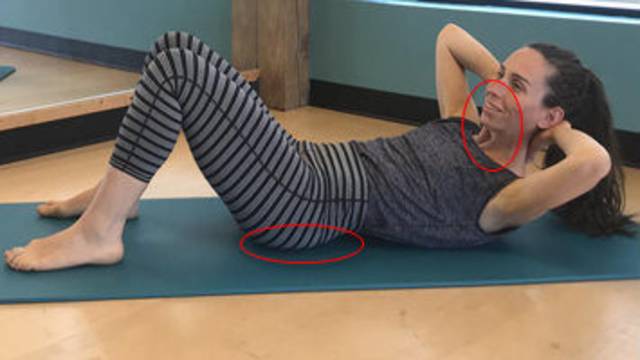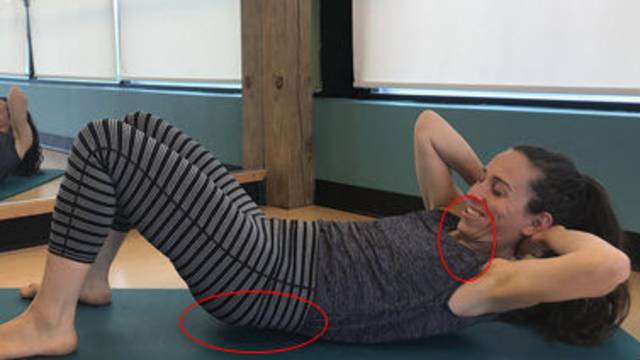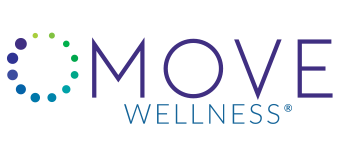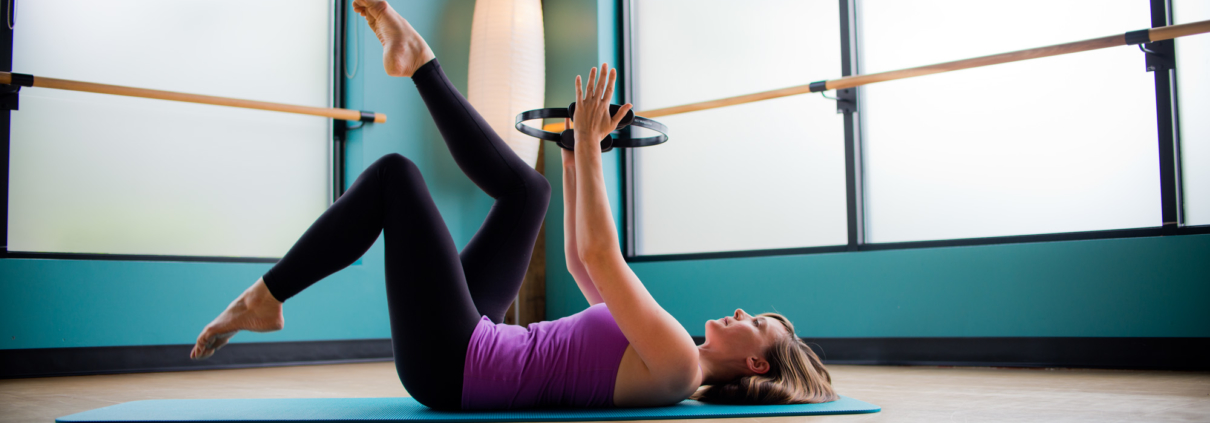Your core is more than a “six-pack”
This blog was originally published in ClickOnDetroit.com on August 2, 2018.
When we refer to our “core,” most often we imagine a defined set of abdominal muscles referred to as a “six-pack” and the image of a tight, magazine cover or Instagram-ready abdomen, male or female.
You know the one.
Posts or covers with catchy phrases and how-to instructions for core training draw us into buying the magazine and to thinking that the hard defined muscles shown are our ideal. It is also part of our common understanding of training the body that in order to achieve the six-pack one must execute many, many abdominal crunches. Here’s the truth. And some good news.
What is the core?
Core strength or stability actually refers to a set of muscles that stabilize and mobilize the spine against the movement of the body. This includes not only the “six-pack” muscle — rectus abdominis (which I’ll just refer to as rectus moving forward) — but also the deeper abdominal and spinal muscles, the pelvic floor and the diaphragm. This inner unit needs to be strong, responsive and resilient to support healthy breathing and movement, which in turn allows for an optimal movement system for whatever you love to do.
One image that works with clients is to imagine a balloon that is about ⅔ full of air. The balloon has a band around the middle. The top of the balloon is your diaphragm, coming up into the lungs, and the bottom of the balloon is the pelvic floor. The band around the balloon represents your deepest core stabilizer (called the transversus abdominis). It looks very much like an old-fashioned corset, with fibers that run horizontally from your spine to the front of the body. This means that when it contracts it cinches or draws inward toward the spine, just like a corset. This may be why, Joseph Pilates, who developed the system named after him known for its connection of breath to core strength said, “Above all, learn how to breathe correctly.”
Core training through breathing
I know. What? Core training includes the diaphragm? Breathing? Pelvic floor? How on earth do you build up a sweat training then? Here’s the first bit of good news.
You breathe all day long. By focusing on breathing for a few minutes each day, maybe before you work out, you can bring attention and awareness to the coordination of your breath and any muscular tension in the body. Simply put, you allow the muscular support system to reset by noticing where you feel expansion when you inhale and releasing any tension when you exhale, directing the breath into a complete expansion of the rib cage. This diaphragmatic breathing will allow you to initiate the body’s natural muscular organization so that when you do train for tone and strength, you are doing it with a balanced activation of the system.
Plus, there are side benefits to focusing on breathing. The physiological response that occurs when you focus on the breath are similar to that of a mindfulness practice. Quieting and focusing the mind for as little as two minutes decreases stress hormone production and calms the nervous system. You are also bringing your awareness into your body so that your workout can be more efficient and effective. There are many, many benefits to a mindfulness practice so combining it with movement and exercise is a win-win.
So what about the core?
In addition to building awareness through breathing, training the core includes abdominal work with attention to your unique posture. The key here is to train your body.
I like to describe our body through the lens of two postures. First is our genetic posture, or the alignment we have naturally. We may be built just like our mom or dad or like me, my sweet short Greek grandmother. The second lens is our cultural posture, lifestyle or what you do all day. Do you sit or stand for a living and do we love to run, dance, garden or bike? Both postures have an influence on how your muscular system is organized and should be taken into consideration as you train.
Once you think for a bit and understand your body, you can better put a plan together for your own workout. For example, if you like to run and sit at a desk for any part of the day, core training will include being sure that any abdominal work you do does not engage the hip flexors. That means really focusing on the sensation of your abdominals and being sure they are working when you do your ab work.
So are crunches bad?
No! The good news is that crunches done with proper alignment and with attention to your unique body are VERY EFFECTIVE. In Pilates, we do an exercise that looks a bit like a typical crunch as one of several ways we strengthen the abdominals. There are different bodies of research about types of contractions of the abs and suffice to say you should include a variety of them in your workouts.
For example, if you are doing an oblique crunch when you cross one shoulder over to the opposite hip with your knees bent and feet flat on the floor, be sure that your tailbone stays anchored on the floor, your chin stays off your chest and that you actually feel your obliques as you slide one rib toward your opposite hip. Neck, back or hip strain means the obliques are not the emphasis. Adjust your alignment until you feel the target area. Do enough repetitions to feel fatigued but without compromising form.
 Correct form for an oblique crunch
Correct form for an oblique crunch
 Incorrect form for an oblique crunch
Incorrect form for an oblique crunch
Looking at the inner unit as I have described here is foundational to effective core training. I would be remiss to not acknowledge that the muscle balance of the pelvis, movement of the spine and shoulder blade stabilizers all play a role in training the core efficiently because our body really is a system. Overtraining or only focusing on one area does not create the balance we need to function in an integrated way.
The terms “core” and “core training” should conjure images of balanced stability and mobility of the spine as opposed to that post or magazine cover. Those images may not be steeped in sex appeal, but lifelong health and mobility can indeed be sexier than a magazine cover. I would like to challenge you to reframe your idea of what “fitness” looks like.
To me, fitness is the capacity for a resilient, responsive, strong system. Defined muscles are great but shift away from the external pressure to look like that airbrushed cover, toward building the body that supports living a life you love.
Train your core, do your crunches, listen to your body.
Start strengthening your core through group classes or private sessions with Ann Arbor’s trusted local trainers at MOVE Wellness.
CLICK HERE to book an appointment.



Leave a Reply
Want to join the discussion?Feel free to contribute!